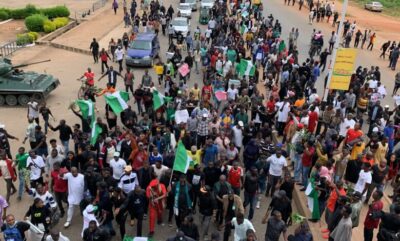In the American Prospect, Gershom Gorenberg reviews the long history of violence surrounding Jerusalem’s Temple Mount, or Noble Sanctuary, as it is known to Muslims:
Once again, trouble is smoldering around the Temple Mount, threatening to ignite a new round of violence between Palestinians and Israelis. For a week and a half, there have been sporadic clashes at the Haram and elsewhere in East Jerusalem. There’s reasonable fear of a more serious blow-up during Friday prayers—at Al-Aqsa, or wherever Israeli police block worshippers trying to reach the mosque. The proximate cause of the tension is jockeying by extreme Palestinian and Jewish groups that fuse nationalism with religion. But when a fire begins at the Mount, it is always fueled by wider issues. Right now those issues include continued Palestinian disappointment with American diplomacy and Palestinian Authority President Mahmud Abbas’s precipitous loss of public credibility.
The Mount’s role as sacred blasting cap is an old story. In the 1920s, Palestinian leader Hajj Amin al-Husseini turned Al-Aqsa—the third holiest spot in Islam—into an emblem of Palestinian nationalism. Al-Husseini renovated the Haram with funds raised internationally; he also accused the Zionists of plotting to destroy the Islamic shrines in order to rebuild the Temple. In 1929, after right-wing Jews demonstrated at the Western Wall to assert Jewish rights at the traditional Jewish place of prayer on the outer edge of the Mount, Arab rioters attacked Jews throughout Palestine. It was the first country-wide outbreak of violence between the two. It was also a brutal psychodrama: Consciously or not, the fears and accusations over holy space stood for fears about the future of the country as a whole.
Continue reading “Trouble at the Temple Mount” here.













